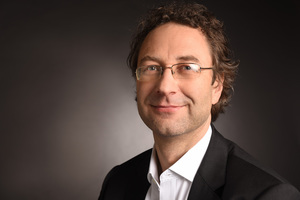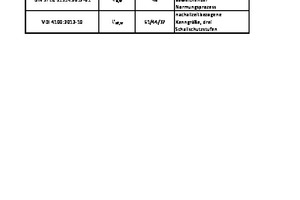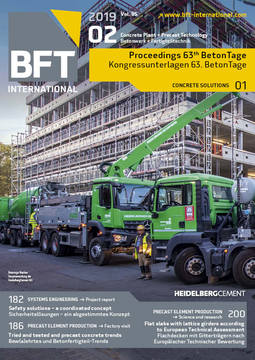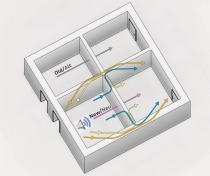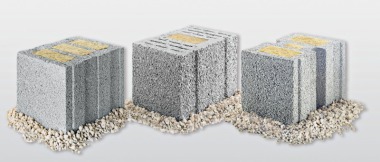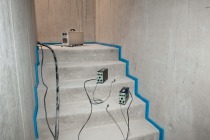New recommendations regarding increased
sound insulation according to DIN 4109-5
Sound insulation is an essential requirement on buildings imposed by building rules and regulations; therefore, the highest building authorities of the German Federal States publish technical regulations for the determination of requirements and for the verification procedures regarding structure-borne sound insulation in the Administrative Regulation on Technical Building Rules (VV TB; Verwaltungsvorschrift Technische Baubestimmungen). By the end of 2018, eight German Federal States had incorporated DIN 4109:2016-07 in their respective VV TB. The VV TB of the Federal State of Berlin, however, explicitly refers to DIN 4109-1:2018-1. Which edition of DIN 4109 is applicable regarding the requirements on sound insulation that have to be verified in the building permission proceedings is, in particular, of relevance for apartment separating floors. According to DIN 4109-1:2016-07, in principle, a maximum normalized impact sound pressure level L’n,w ≤ 50 dB must be complied with for both new buildings and structural alterations on existing buildings, whereas DIN 4109-1:2018-1 only requires L’n,w ≤ 53 dB for floors realized in timber or lightweight construction as well as for floors in existing buildings. It is to be expected that this difference will have an influence on the approvability and the market share of timber floor structures – in new construction and existing context.
Under civil law, the legally binding agreement on an increased sound insulation often causes difficulties because of the coexistence of competing regulations. DIN 4109-5 shall stipulate – with retaining the designated values pursuant to DIN 4109-1 – recommendations for a noticeably better sound insulation in residential buildings, hotels and hospitals, which take a higher need for protection of the inhabitants or a lower basic noise level into account. The description on the subjective perception of typical noise emission in apartment buildings shall help to differentiate between minimum and increased sound insulation. Whether it is appropriate to link subjective perception and objective properties of the structural component has to investigated.

